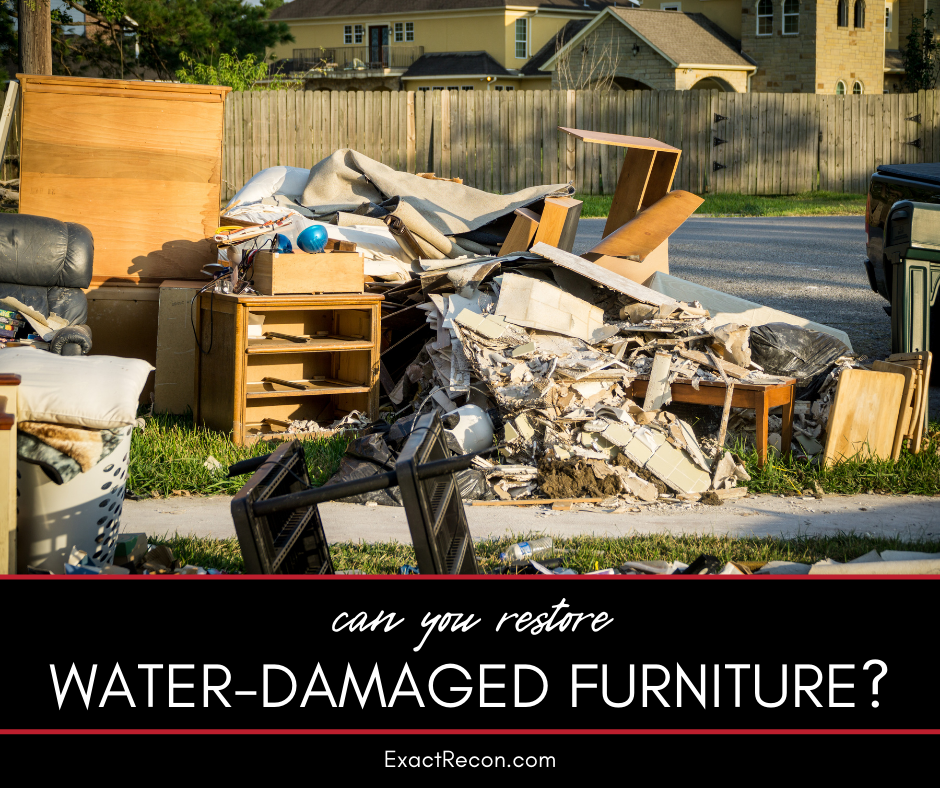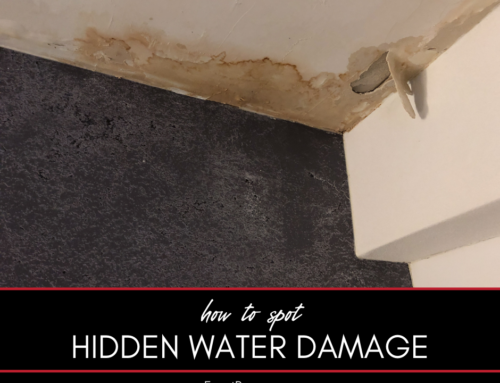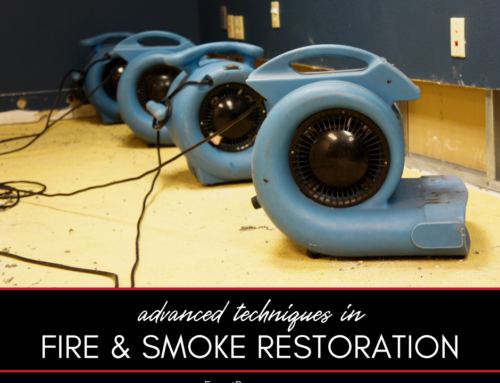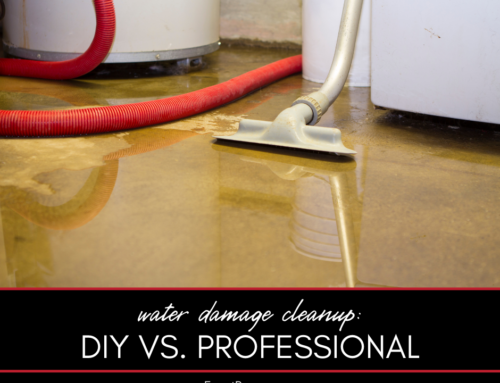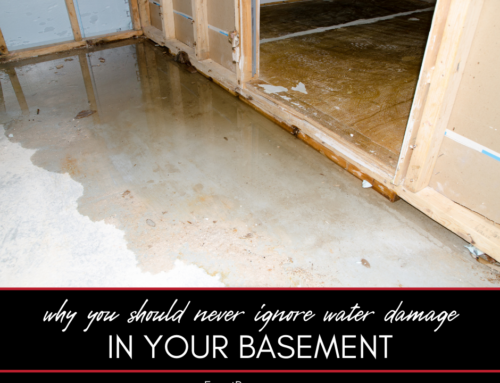Water damage can be a homeowner’s nightmare, especially when it affects cherished furniture pieces. The dilemma often arises: can the furniture be restored, or is it time to part ways with it? If you’re grappling with this predicament or want to be prepared for potential future incidents, this guide is for you. Drawing from our wealth of experience, we’ll help you navigate the decision-making process and provide insights on restoring versus replacing water-damaged furniture.
Can You Restore Water-Damaged Furniture, Or Should You Throw It All Away?
The fate of water-damaged furniture depends on various factors. Here’s a comprehensive breakdown to guide your decision.
This guide covers:
- Assessing the damage
- Types of water involved
- Restoration possibilities
- When to consider replacement
- Safety concerns
- Prevention tips for the future
Here’s a closer look at each.
Assessing the Damage
Before making any decisions about restoration or replacement, it’s essential to thoroughly inspect the water-damaged furniture. Begin by looking for visible signs of damage. Discoloration, for instance, can indicate prolonged water exposure, which might have affected the furniture’s structural integrity. Swelling, especially in wooden furniture, suggests that the wood has absorbed a significant amount of water, which can weaken it. Mold growth is another critical sign to look for, as it not only damages the furniture but can also pose health risks. Additionally, test the furniture’s stability by applying gentle pressure; if it feels wobbly or unstable, the damage might be more severe than it appears.
Types of Water Involved
Understanding the source of the water damage is crucial in determining the next steps. Clean water, such as that from a broken faucet or burst pipe, is generally free of contaminants. While it can cause structural damage, it doesn’t pose immediate health risks. On the other hand, water from sources like sewage backups, floods, or stormwater can contain harmful bacteria, pathogens, and other contaminants. This type of water can make furniture unsafe and significantly complicate the restoration process.
Restoration Possibilities
Solid wood furniture, due to its robust nature, often has a good chance of being restored after water damage. The restoration process might involve drying the piece, sanding down any swollen or rough areas, and then refinishing it to restore its original appearance. Upholstered furniture, however, can be more challenging. The fabric can harbor mold and bacteria, and the padding can retain moisture for extended periods. In such cases, the furniture might require deep cleaning, reupholstering, or even replacement of certain parts.
When to Consider Replacement
There are situations where restoring water-damaged furniture might not be feasible or safe. If a piece has been submerged for a long time, the damage might be too extensive for restoration. Similarly, furniture exposed to contaminated water might pose health risks even after attempts at cleaning. Additionally, furniture made from particleboard or MDF tends to deteriorate rapidly when exposed to water, often making replacement the more practical option.
Safety Concerns
The primary safety concern with water-damaged furniture is mold growth. Mold can develop in damp environments and can cause respiratory issues, allergies, and other health problems. It’s vital to ensure that any furniture you decide to keep is thoroughly dried and free from mold. This might require professional cleaning or even mold remediation services.
Prevention Tips for the Future
To minimize the risk of future water damage to your furniture, consider the following precautions. Position furniture away from potential sources of water, such as windows, doors, or areas prone to flooding. Regularly inspect your home for leaks, especially in areas like the roof, basement, or plumbing system. For added protection, especially in areas prone to water exposure, consider investing in water-resistant covers for your furniture. These covers can provide a barrier against spills, leaks, and even minor floods, helping to prolong the life of your furniture.
FAQ About Water-Damaged Furniture Restoration
Here are some frequently asked questions about restoring water-damaged furniture. If you don’t see the answers you’re looking for here, please call our office. We’re here to help.
How Long Can Furniture Stay Wet Before It’s Unsalvageable?
The sooner you address the damage, the better. Furniture left wet for over 48 hours increases the risk of mold growth and structural damage.
Can Leather Furniture Be Restored After Water Damage?
Leather furniture can often be restored, but it requires special care to prevent drying out and cracking.
Is It Worth Restoring Antique Furniture?
Antiques often have sentimental and monetary value. While restoration might be more challenging, it’s often worth the effort.
How Do I Prevent Mold After Water Damage?
Ensure the furniture is thoroughly dried, cleaned, and treated with mold-preventing solutions.
What About Water Stains on Wood Furniture?
Water stains can often be removed with a mixture of baking soda and water or specialized wood cleaners.
Deciding between restoring and replacing water-damaged furniture can be challenging. Understanding the extent of damage, the type of water involved, and the potential for successful restoration can guide your decision. Remember, when in doubt, professionals like us are always ready to offer advice and assistance.
Do You Need a Disaster Remediation Expert in Washtenaw County or Jackson County?
If your home has already been damaged, we can help. Check out our services and call Exact Recon for your free disaster remediation quote today. We offer:

